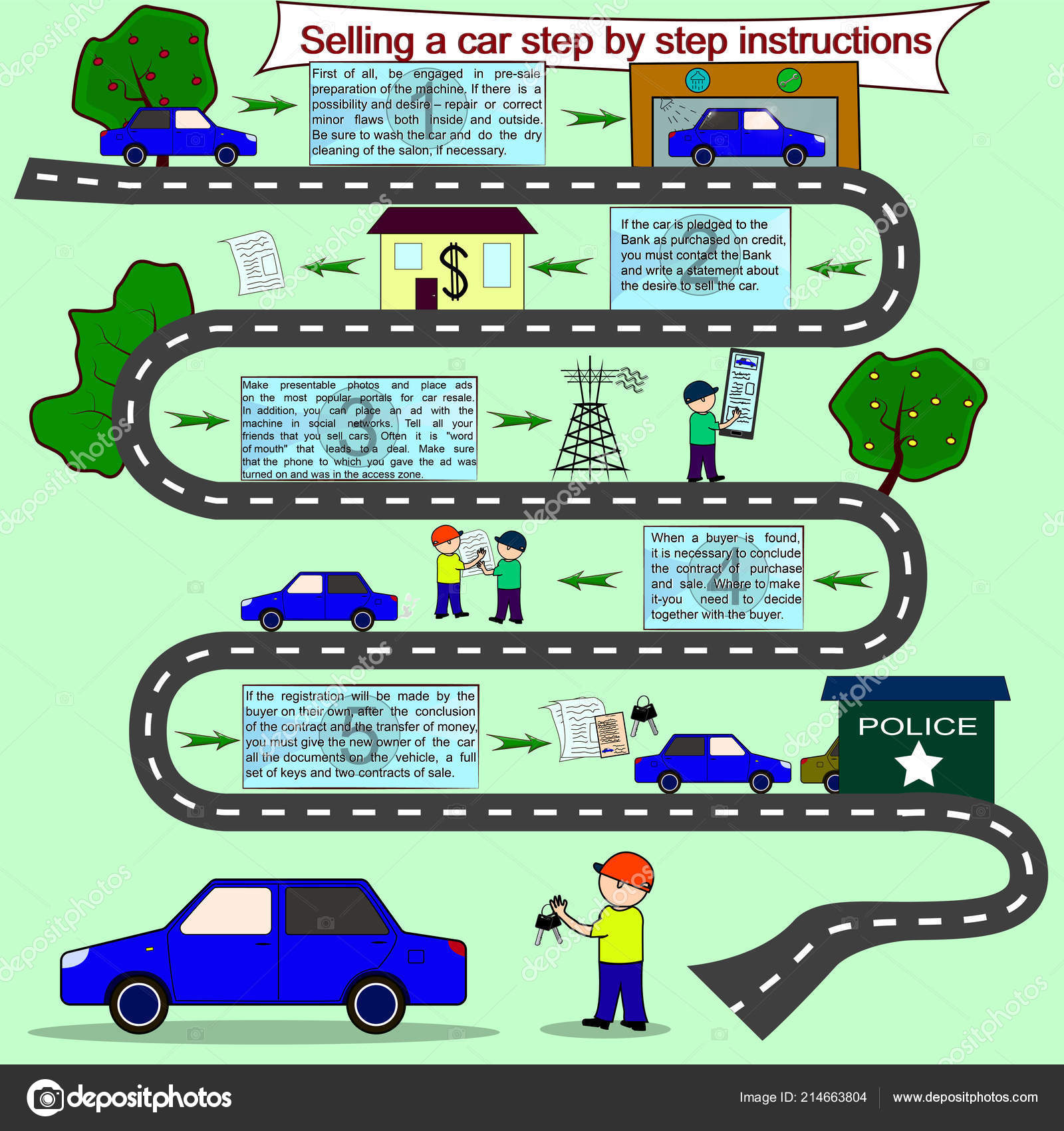Understanding The Meaning Behind Your Car'S Warning Lighting: An In-Depth Appearance
Understanding The Meaning Behind Your Car'S Warning Lighting: An In-Depth Appearance
Blog Article
Material Create By-Lauritsen Stark
When you're behind the wheel, those beautiful caution lights on your control panel can be a little bit complicated. Do https://www.dol.gov/newsroom/releases/whd/whd20220609 understand what they're trying to tell you concerning your cars and truck's health? Comprehending the significance of these lights is crucial for your security and the longevity of your automobile. So, the following time among those lights turns up, would not you wish to understand its message accurately and take the needed steps to resolve it?
Common Caution Lights and Interpretations
Identify typical caution lights in your car and understand their definitions to make certain safe driving.
One of the most common caution lights include the check engine light, which indicates concerns with the engine or discharges system. If this light comes on, it's crucial to have your vehicle checked immediately.
The oil stress alerting light suggests reduced oil stress, requiring prompt attention to stop engine damage.
A flashing battery light could recommend a malfunctioning billing system, possibly leaving you stranded otherwise resolved.
The tire pressure tracking system (TPMS) light informs you to reduced tire stress, impacting automobile security and fuel efficiency. Ignoring this could cause unsafe driving problems.
The abdominal muscle light indicates a problem with the anti-lock stopping system, endangering your ability to quit swiftly in emergency situations.
Lastly, the coolant temperature warning light warns of engine overheating, which can lead to serious damages otherwise solved promptly.
Understanding these common warning lights will assist you attend to issues quickly and maintain secure driving problems.
Significance of Prompt Attention
Recognizing the usual warning lights in your auto is only the very first step; the importance of without delay attending to these warnings can't be emphasized enough to guarantee your safety and security on the road.
When a warning light illuminates on your control panel, it's your auto's means of interacting a prospective concern that needs focus. Disregarding https://sethtkcsj.idblogz.com/32658018/just-how-mobile-cars-and-truck-detailing-services-can-conserve-you-money-and-time can result in more severe issues in the future, compromising your security and possibly costing you much more out of commission.
Motivate focus to cautioning lights can prevent failures and accidents. For instance, a blinking check engine light can show a misfire that, if left ignored, could cause damages to the catalytic converter. Resolving this immediately can conserve you from a pricey fixing.
Likewise, a brake system cautioning light might indicate low brake liquid or used brake pads, critical elements for your security when driving.
Do It Yourself Troubleshooting Tips
If you see a caution light on your control panel, there are a couple of DIY troubleshooting pointers you can try before looking for professional help.
The very first step is to consult your cars and truck's guidebook to understand what the particular warning light indicates. In some cases the problem can be as easy as a loose gas cap setting off the check engine light. Tightening the gas cap may resolve the issue.
https://brakecheck41519.dgbloggers.com/32525695/the-ease-of-mobile-automobile-detailing-transforms-your-lorry-s-look-however-is-it-as-effective-as-standard-methods-discover-the-fact-behind-this-solution is a reduced battery, which can activate various cautioning lights. Checking the battery connections for corrosion and guaranteeing they're safe might fix the issue.
If a warning light lingers, you can attempt resetting it by disconnecting the car's battery for a few mins and then reconnecting it. Additionally, examining your car's liquid degrees, such as oil, coolant, and brake fluid, can assist troubleshoot alerting lights related to these systems.
Final thought
Finally, comprehending your vehicle's warning lights is important for keeping your automobile running efficiently and safely. By immediately dealing with these informs and recognizing what they suggest, you can prevent costly repair services and possible failures.
Keep in mind to consult your automobile's guidebook for specific information on each advising light and take action as necessary to make sure a trouble-free driving experience.
Remain informed, remain secure when driving!
